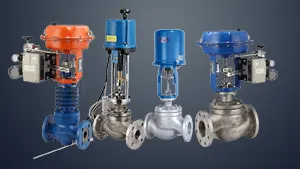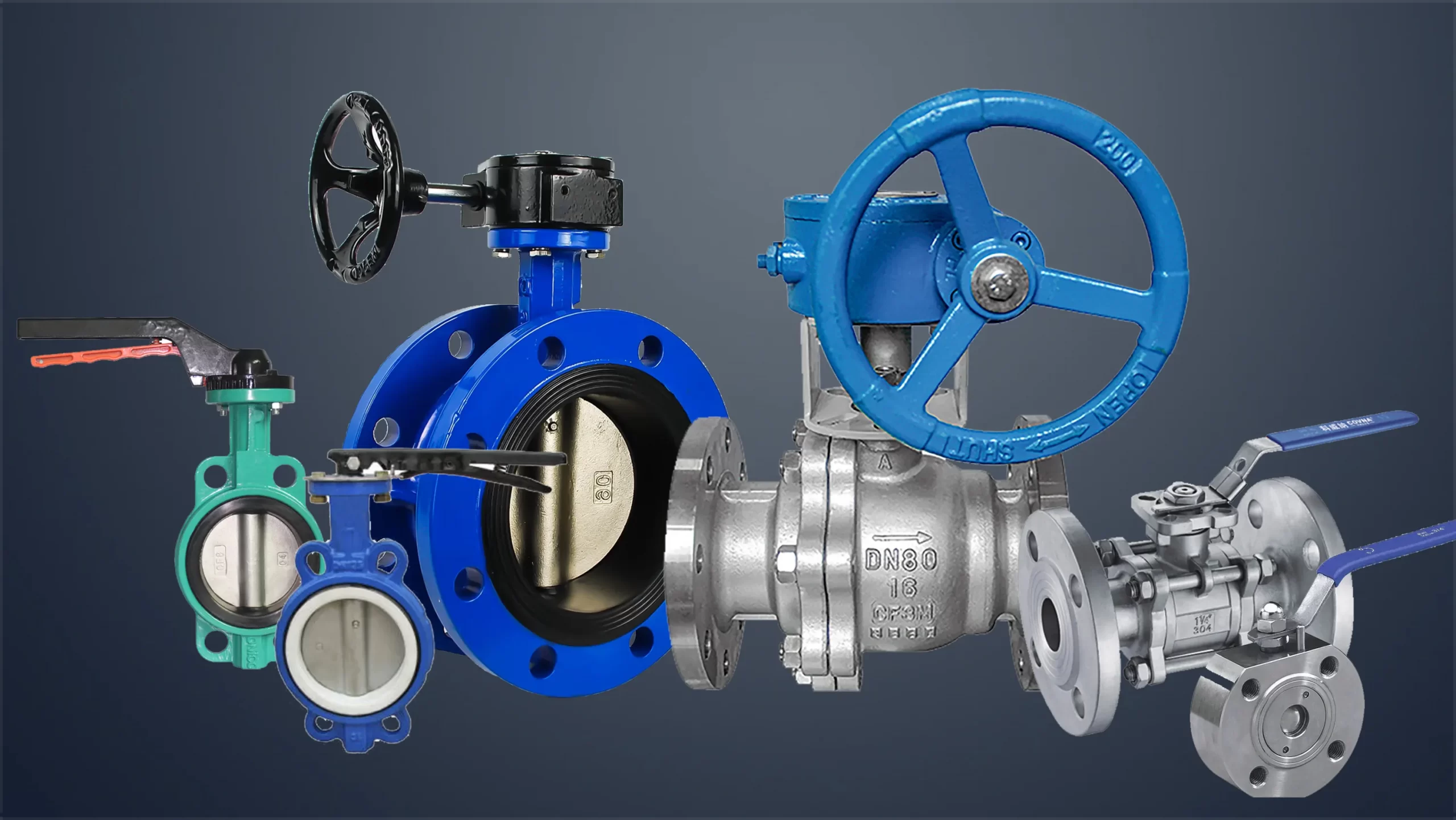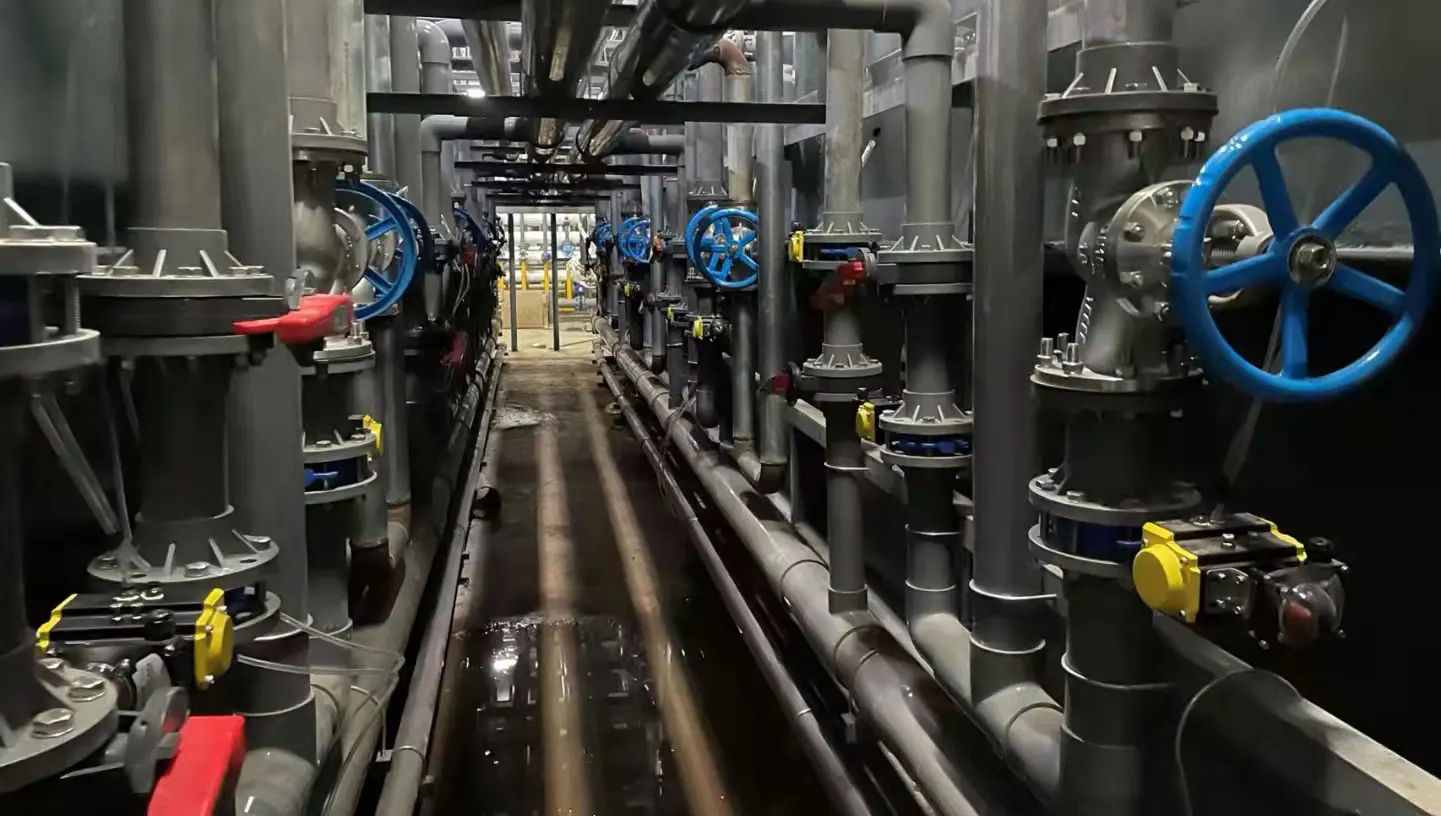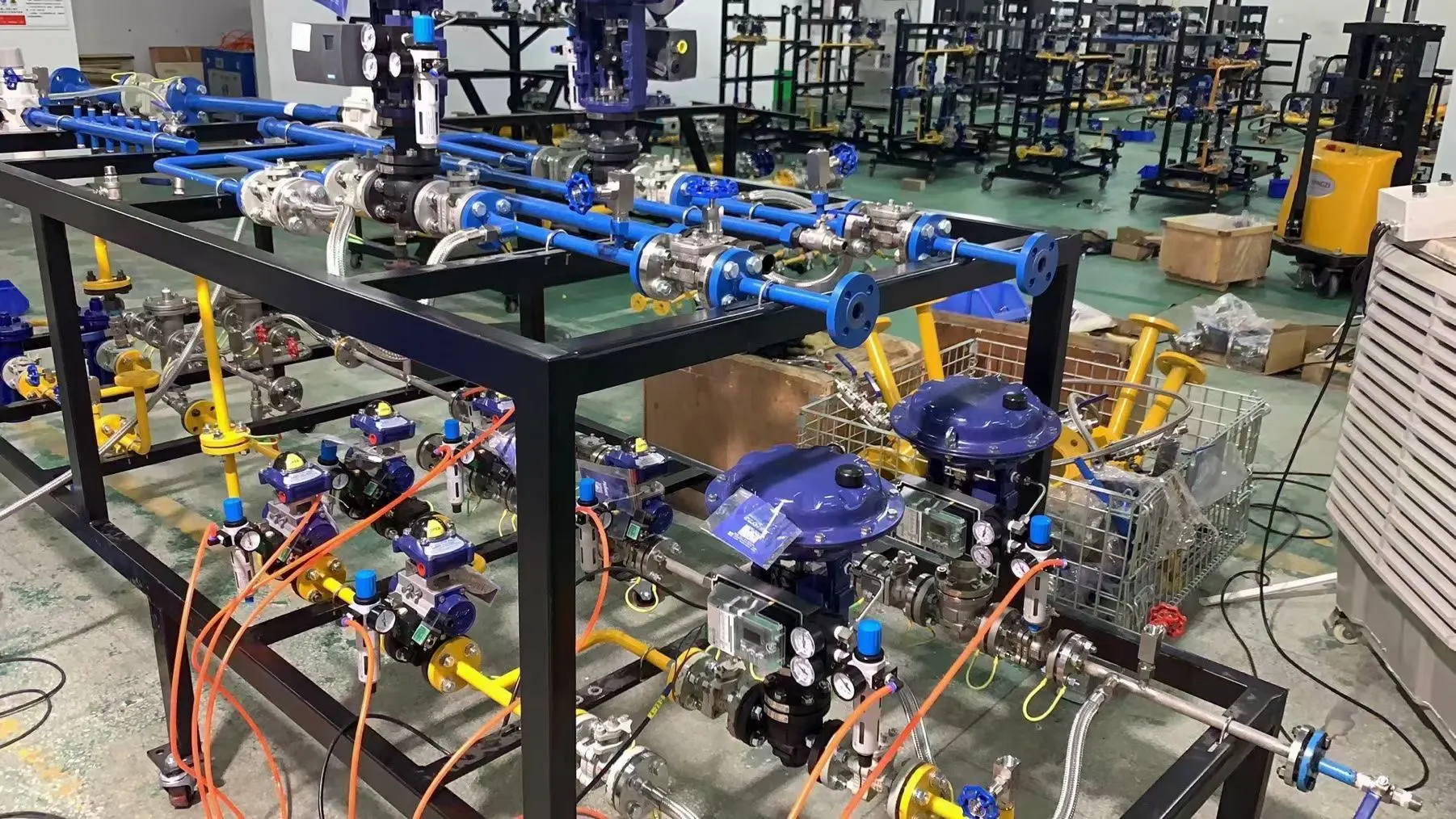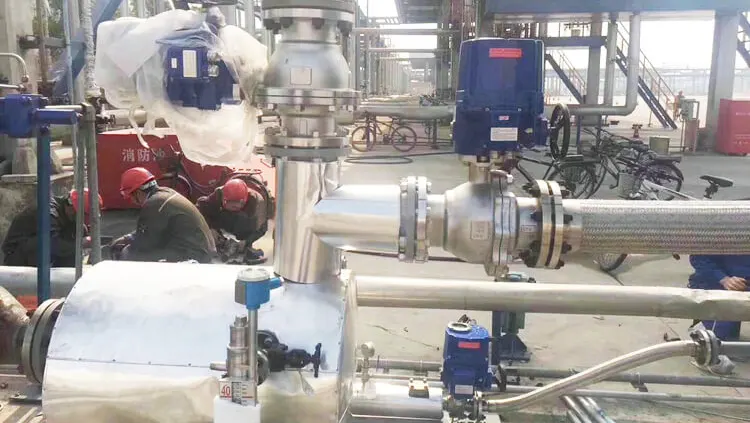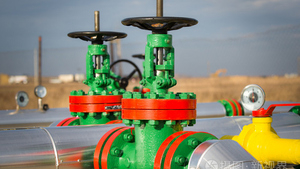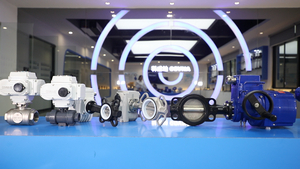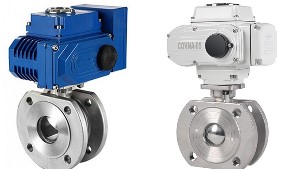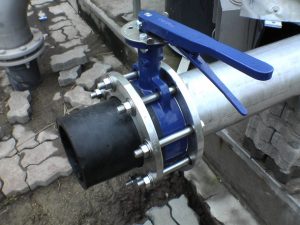The sealing structure of the series of butterfly valves produced are: single eccentric seal, double eccentric seal, triple eccentric seal, variable eccentric seal, and the sealing principles of various structural types of butterfly valves are briefly described as follows:
1. The sealing principle of single eccentric sealing butterfly valve
Since the center of rotation of the butterfly plate (that is, the center of the valve shaft) is offset from the center line of the valve body on the basis of the single eccentric butterfly valve, the sealing surface of the butterfly plate will be faster than the single eccentric sealing butterfly valve during the opening process. When the valve seat is separated from the sealing surface and the butterfly plate rotates to 8°~12°, the butterfly plate sealing surface is completely separated from the seat seal. When fully opened, a larger gap is formed between the two sealing surfaces. The design of this type of butterfly valve greatly The mechanical wear and extrusion deformation between the two sealing surfaces are reduced, and the sealing performance of the butterfly valve is improved.
2. The sealing principle of double eccentric sealing butterfly valve
Since the center line of the valve seat and the center line of the valve body form a β angle offset on the basis of the double eccentric butterfly valve, the sealing surface of the butterfly plate immediately leaves the sealing surface of the valve seat at the moment of opening during the valve opening process. Only at the moment of closing does it contact and compress the seat sealing surface. When fully opened, a gap same as the double eccentric sealing butterfly valve is formed between the two sealing surfaces. The design of this type of butterfly valve completely eliminates the mechanical abrasion and abrasion between the two sealing surfaces, so that the sealing performance and service life of the butterfly valve are improved. Have been greatly improved.
3. The sealing principle of variable eccentric sealing butterfly valve
The uniqueness of the variable eccentric butterfly valve is that the valve stem shaft where the butterfly plate is installed is a three-segment shaft structure. The three-segment shaft type valve stem has two shaft sections concentric, and the center line of the central shaft is deviated from the two ends of the axis by a center distance , The butterfly plate is installed on the intermediate shaft section. Such an eccentric structure makes the butterfly plate a double eccentric shape when in the fully open position, and a single eccentric shape when the butterfly plate rotates to the closed position. Due to the effect of the eccentric shaft, when it is close to closing, the butterfly plate moves a distance into the sealing cone surface of the valve seat, and the butterfly plate matches the sealing surface of the valve seat to achieve reliable sealing performance.
Since the rotation center of the butterfly plate (that is, the center of the valve shaft) and the sealing section of the butterfly plate are set eccentrically, the butterfly plate sealing surface gradually separates from the valve seat sealing surface during the opening process of the butterfly valve. When the butterfly plate rotates to 20°~25°, The sealing surface of the butterfly plate is completely separated from the sealing surface of the valve seat. When fully opened, a gap is formed between the two sealing surfaces, so that the relative mechanical wear and extrusion between the two sealing surfaces of the butterfly valve is greatly reduced during the opening and closing process, thereby ensuring sealing of butterfly valves.
--- END ---




